Britain’s country houses were constantly in the news a generation ago. In 1974 The Destruction of the Country House, an exhibition at the Victoria and Albert Museum curated by Roy Strong, Marcus Binney and John Harris, offered a dismal chronicle of the houses that had disappeared in the past century. It proclaimed their importance to the national heritage, boldly urging that country house owners ‘deserve consideration and justice as much as any other group within our society as they struggle to preserve and share with us the creative richness of our heritage’. This invocation bore fruit in the mid-1980s when Kedleston Hall, Calke Abbey and Weston Park, all threatened with dispersal, were preserved by the National Heritage Memorial Fund.
A series of memorable publications including Mark Girouard’s Life in the English Country House and James Lees-Milne’s diaries heightened interest in the subject. Country houses were a hot topic, not least because of their association with the country-house look of faded grandeur in interior decoration, a style easily recognisable to Spectator readers.
Nowadays, they are not so hot. Relatively little is published about them, and there have been few crises to whip up excitement. A crisis is invaluable: when a big estate like Tyntesfield House is likely to be dispersed, the heritage brigade wheels into action and money is often found to preserve it for the nation. More usually now, hard-pressed owners (usually fiercely loyal to their house) react to financial pressures by exploiting the value of individual works of art from well-provenanced collections, rather than throwing up their hands and selling everything.
Even in difficult times, houses are surviving. In the privately owned sector, the largest estates such as Chatsworth and Castle Howard continue to attract crowds of visitors and only in the next layer of houses do visitor numbers show signs of decline, especially when it rains all summer. But house owners are resilient people and according to Nick Way, director of the Historic Houses Association, are looking at new ways to support their houses, either through weddings or, instead of worrying about boosting numbers, by considering how visitors can be offered a more special and memorable experience.
In fact, more is going on in the country-house world than might appear. When the Attingham Trust, which has organised an annual summer school on the country house for 60 years, celebrated the anniversary last weekend, its conference at the Royal Geographic Society brought together owners, curators, National Trust representatives, historians and enthusiasts from Britain, the Republic of Ireland, the United States and Australia. What emerged was how much thought is given not only to preserving houses and estates but also to researching their past and considering their future.
The National Trust for England, Wales and Northern Ireland has recently digitised all its collections through its Collections Management Scheme: over 750,000 objects will be available free of charge online, an astonishing initiative. Encouraged by the Heritage Education Trust, which administers the Sandford Awards, houses have also been active in providing fully fledged and imaginative educational services, as in the case of Burghley House with its Ancestors in the Attic. But none of this is perhaps big news compared with the fantasy world of Gosford Park and Downton Abbey, indications of how potent the idea of the country house (particularly when fully staffed) remains not only in the British national consciousness but internationally, too.
Almost as exciting as Downton Abbey is the volume of research that country houses are now attracting. Interest seems to be moving away from the traditional architectural approach to broader economic and social issues. In Britain, the Collaborative Doctoral Awards granted by the Arts and Humanities Research Council allow doctoral candidates to spend three years researching the archives and working in the property they are studying.
Successful recent dissertations have examined (at Harewood) colonialism and horticulture with reference to the Lascelles estates in Barbados; the 15th-century archbishop’s palace at Knole and the house’s 17th-century interiors; and the 18th-century interiors at the Royal Pavilion and their relationship to contemporary colour theory. At Essex University, a team is investigating the ‘Lost Mansions of England’, some traceable only through fragments of park, scattered archives, the memories of people in their eighties. In all these cases, archives and collections are recalling histories that otherwise would be forgotten. The results point to new and exciting ways of presenting these houses in the future.
Country houses have been regularly visited since at least the 17th century. They keep reinventing themselves and being reinvented, not least through the medium of television (visits to Highclere Castle aka Downton Abbey are booked up for years to come). We can be certain that if they survive in anything like a recognisable form, they will go on being visited for centuries more.
Got something to add? Join the discussion and comment below.
Get 10 issues for just $10
Subscribe to The Spectator Australia today for the next 10 magazine issues, plus full online access, for just $10.

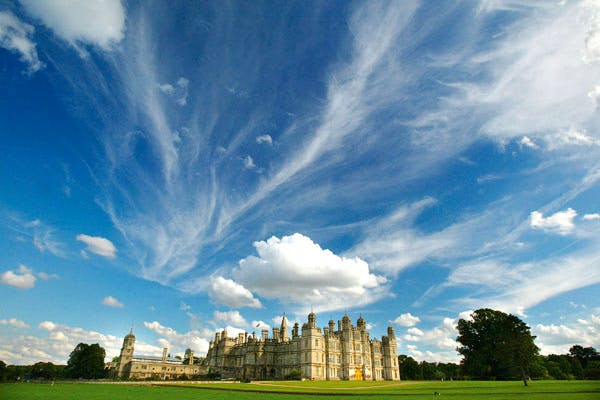
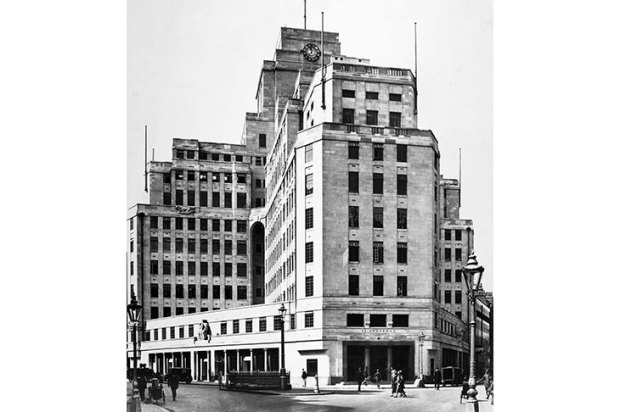
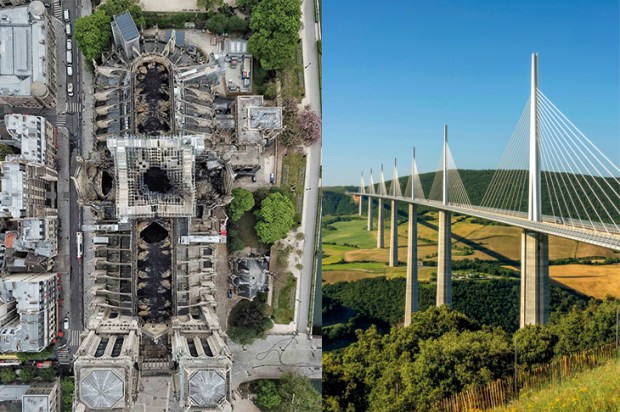
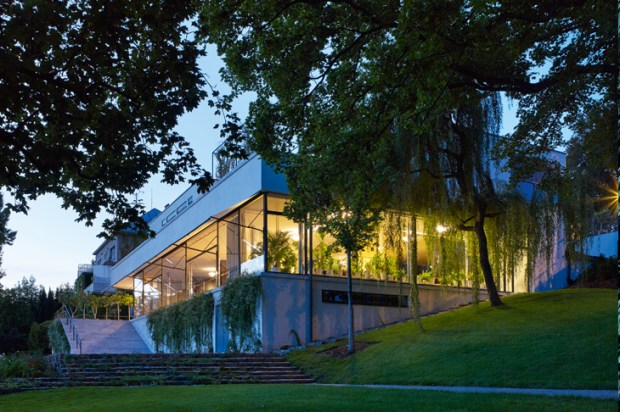
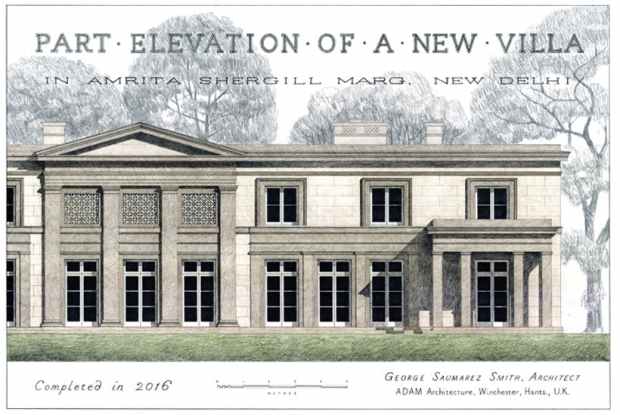
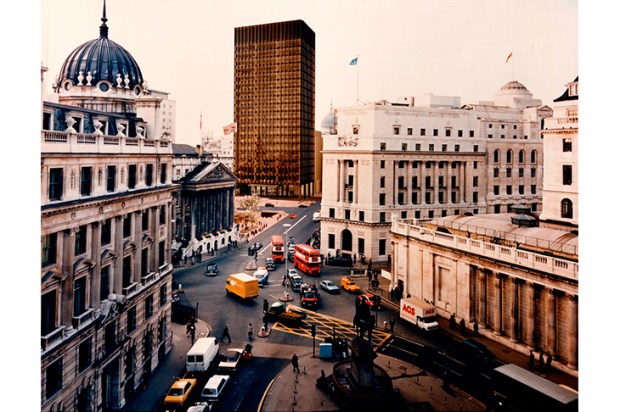
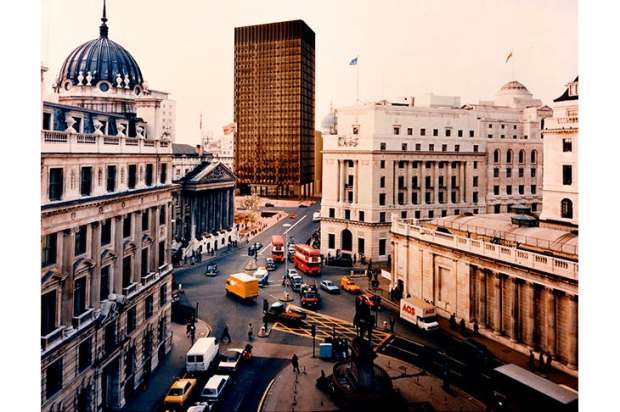






Comments
Don't miss out
Join the conversation with other Spectator Australia readers. Subscribe to leave a comment.
SUBSCRIBEAlready a subscriber? Log in